
UAR Best Paper Award at APSA 2022
Urban Affairs Review is sponsoring a $250 award given by the the Urban and Local Politics Section for the Best Paper in Urban or Regional Politics presented at the 2022 American Political Science Association conference. We encourage chairs of all Urban and Local Politics Section panels to nominate papers. We also welcome self-nominations. Papers presented on any panel associated with the conference are eligible for this award.

The Role of Women in Local Governments
In recent years, the reduction of available resources, increased debt and the decentralisation of services have placed many governments in precarious situations. If we focus on the local public sector, municipalities are increasingly challenged to present balanced budgets without raising taxes or reducing vital services for their citizens. Thus, it is essential for local governments (LGs) to provide their services in the most efficient way, which would allow them to provide more services with fewer resources or the same services at a lower cost. The term “efficiency” refers to the level of performance of an organization (Farrell 1957). It represents the level of output that can be obtained by a level of input, in comparison with the optimal combination input-output.

Using Emerging Hot Spot Analysis to Explore Spatiotemporal Patterns of Housing Vacancy in Ohio Metropolitan Statistical Areas
Sophisticated methods for studying changes in the physical forms of cities that are losing population (i.e. “shrinking cities”) are lacking in the literature. This research highlights the use of a newer method—ArcGIS Pro’s emerging hot spot analysis of space-time cubes from defined locations—to examine the spread of housing vacancy, a common indicator of city shrinkage.

Do Neighborhood Contexts Influence the Prevalence of Neighbor Problems?
In our UAR article, “The problems with neighbors: An examination of the influence of neighborhood context using large scale administrative data,” we examined neighbor problems as manifest in reported complaints to a local municipality in Australia—the Brisbane City Council—to understand how neighborhood features affect the likelihood of neighbors experiencing problems with each other.
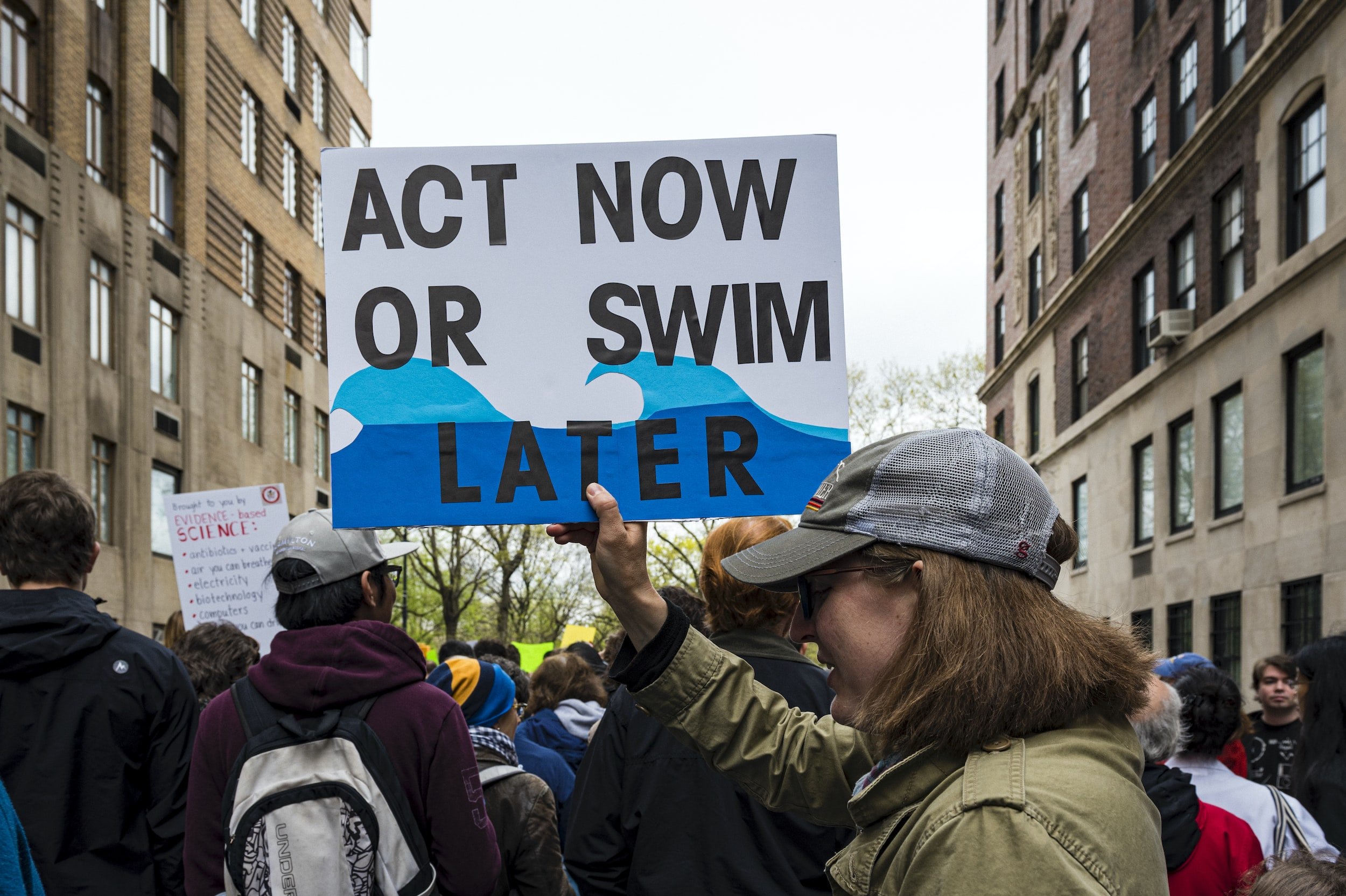
Walking the Talk
Why do some municipalities adopt ambitious climate action plans and others do not? How can we encourage more cities to be ambitious? The Intergovernmental Panel on Climate Change (IPCC) has warned that CO2 emissions must reach net zero by 2050 to prevent the most devastating consequences of global climate change. Cities consume more than two-third of the world’s energy, emit more than seventy percent of the global CO2 emissions, and contain 55% of the world’s population, so their efforts will be critical to our ability to prevent catastrophic combat climate change.

Undermining Sanctuary? When Local and National Partisan Cues Diverge
In our paper, “Undermining Sanctuary? When Local and National Partisan Cues Diverge,” we show that Tucson Democrats split their vote on the sanctuary initiative ultimately leading to its downfall. To understand this outcome, we advance a partisan mixed-cues theoretical framework in which Democratic elites communicated a split cue environment — some supported the initiative while others opposed it, whereas Republicans communicated universal opposition to the initiative.
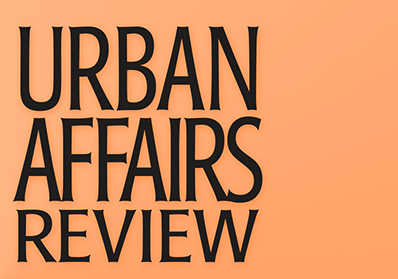
New Journal Impact Scores
2021 UAR Two-Year Journal Impact Factor Released in June 2022 is 2.387

Officer-Involved Killings and the Repression of Protest
It is clear from the news, and perhaps even from personal experience, that many citizens are mobilizing to express outrage and demand justice in the wake of officer-involved killings. However, despite the fact that officer-involved killings are the focus of such an important social movement, very little work attempts to explain the circumstances that lead the public to protest the deaths of particular victims.

Measuring and Explaining Stalled Gentrification in Newark, NJ
Our paper examines the concept of “stalled gentrification,” or gentrification that began in one period but did not continue or advance beyond that period, in the city of Newark between the years 2000 and 2017. We posit that race, racial politics, and the racial makeup of local leadership are shaping gentrification dynamics in the city, specifically, the reason why gentrification never “takes hold” in a city that should be a prime candidate for the urban phenomenon.

Norton E. Long: Public Intellectual Extraordinaire
Norton E. Long (1910-1993), through his writings, teaching, mentoring, and extensive public service, was an extraordinary public intellectual. He was committed to understanding and improving governance and the functioning of public bureaucracy in a democratic society; making the public interest and improving the human condition the core missions for civic participation and leadership; and warned of the perils of a racially-segregated metropolis and society.
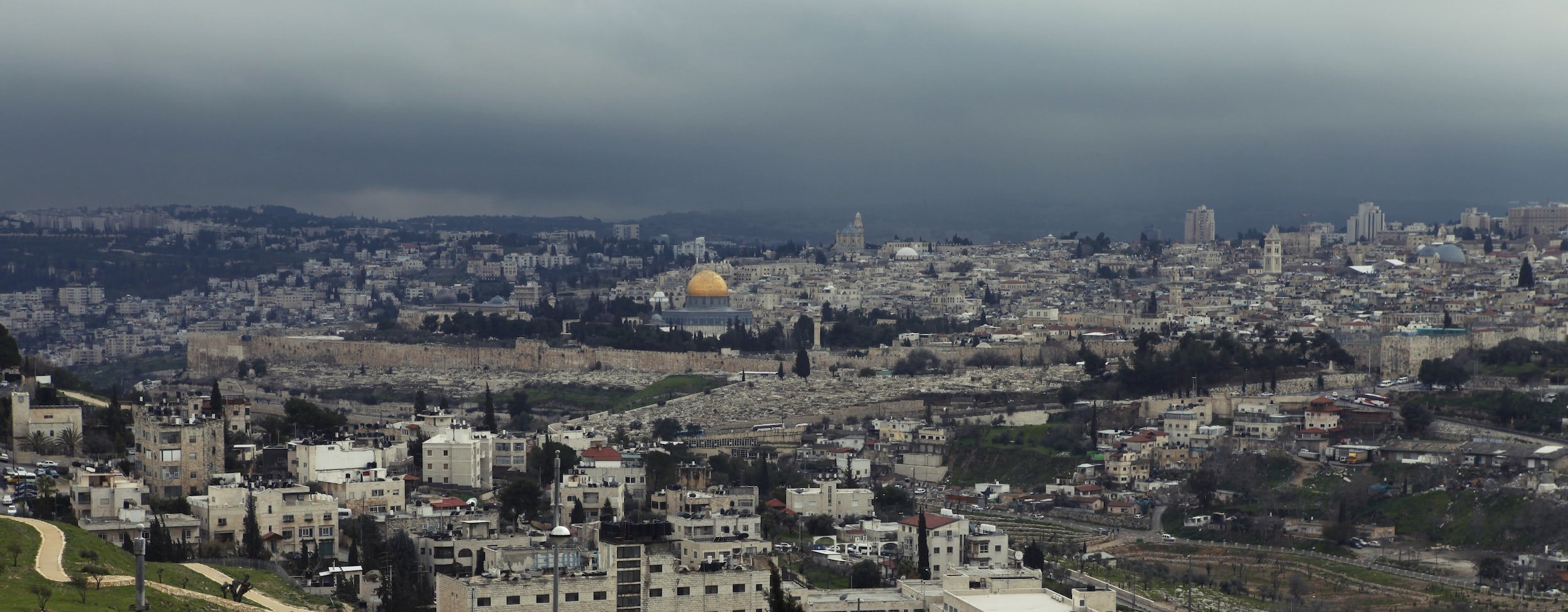
Homeowners Saying “Yes, In My Back Yard”: Evidence from Israel
What if there is a way to harness the interests of the incumbent homeowners to encourage urban development rather than prevent it? In a new article published in Urban Affairs Review – "Homeowners Saying ‘Yes, In My Back Yard’: Evidence from Israel" – I argue that NIMBYism is not the sole expression of their self-interest, or even the dominant one. In Israel a mature system for the demolition and densification of existing residential buildings has changed the preferences and behavior of many homeowners, who now can directly benefit from the upzoning of their neighborhoods through deals with developers.

Housing Vouchers Can Reduce Children’s Exposure to Neighborhood Disadvantage and Be a Tool to Reduce Racial and Ethnic Inequality in Neighborhood Attainment
American cities are heavily segregated by race and income, reflecting a legacy of racism and a housing policy heavily tilted toward White suburban homeowners. Recent research suggests that the economic impact of growing up in a poor neighborhood is significant – children can experience reduced rates of economic mobility, which reduces adult earnings and employment. For very poor children, moving to a high-opportunity neighborhood early in life can significantly affect future economic outcomes.
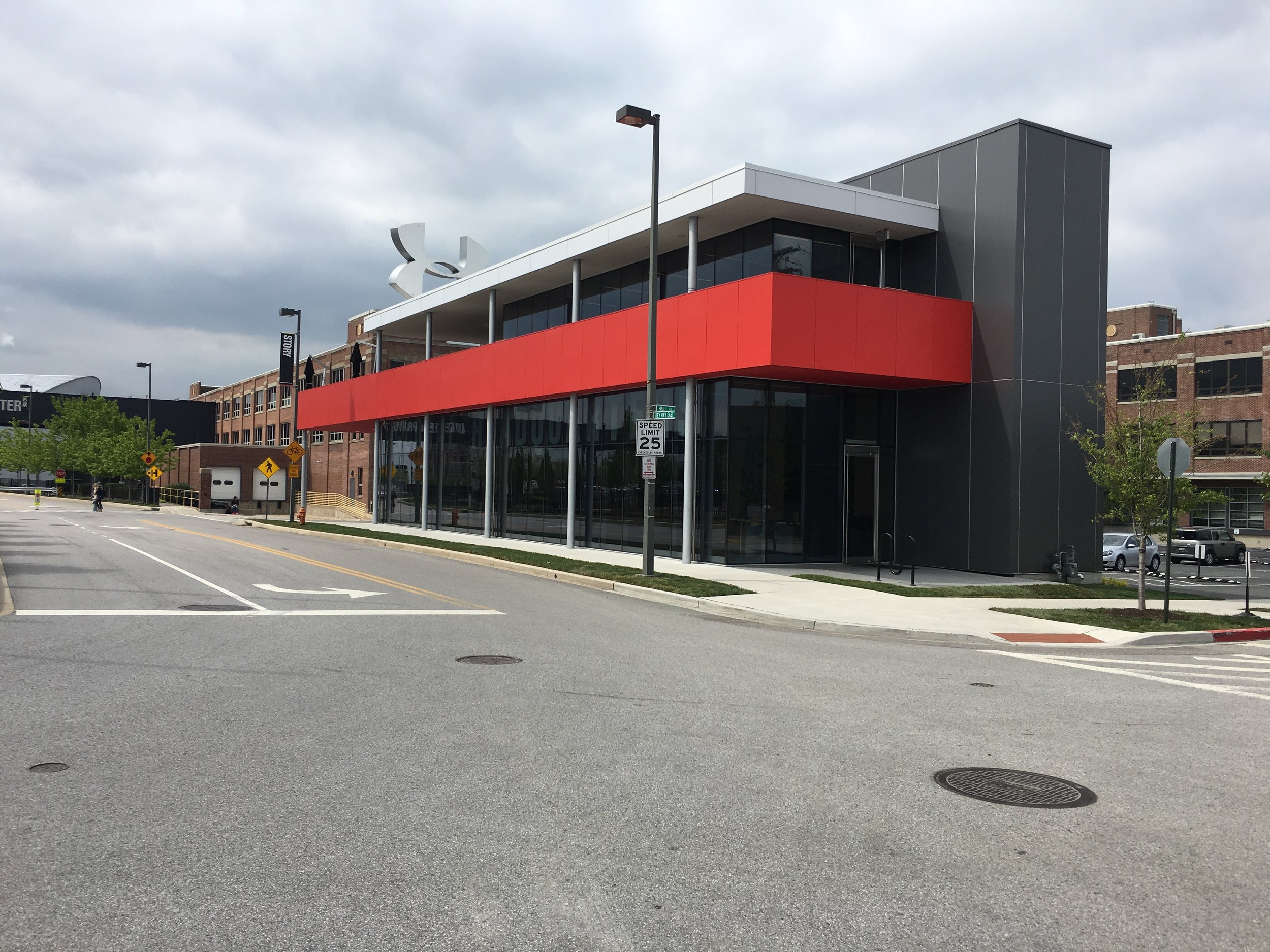
“Building Together” in Baltimore?
Hudson Yards in New York City. L.A. Live in Los Angeles. Penn’s Landing in Philadelphia. The Amazon HQ2 in Crystal City, Virginia. Cities in the U.S. are competing with each other for corporate investment and population growth, and mega-developments are an increasingly popular way to redevelop distressed urban areas. But can multi-million dollar mega-development projects serve as revitalization engines for cities while building partnerships and neighborhood capacities for economically struggling communities?
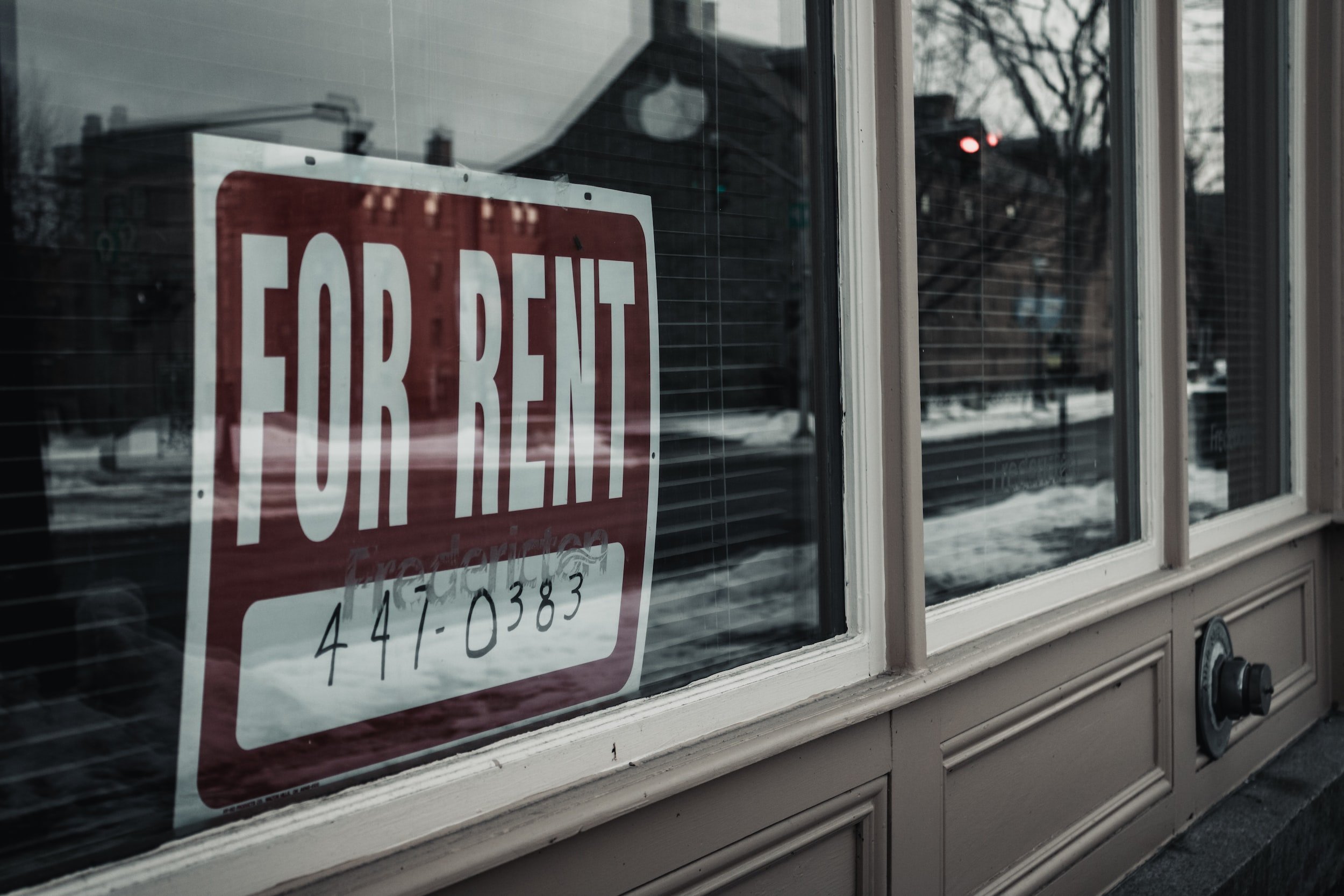
How Landlords of Small Rental Properties Decide Who Gets Housed and Who Gets Evicted
About half of US rental housing is held by small-scale “mom and pop” owners. These owners often have only one or two units and, historically, have rarely drawn the attention of scholars or policymakers. However recent work on eviction and the impact of the Covid-19 pandemic and eviction moratoriums on small-scale landlords have brought “mom and pop” owners into the headlines.

Revisiting Medellin’s Governance Arrangement After the Dust Settled
Emerging from the profound crises that decimated the economy and social fabric of Colombia’s second city Medellin in the period 1980-2000, a grassroots movement and a powerful corporate group (GEA) formed a governing alliance that assured the world that the city had risen from the ashes. The new millennium saw strategic signature interventions in the poorest and most violent sectors of the city which captured the attention of the world while a public-private partnership consolidated the interests of the corporate group.

Where in Los Angeles Do Homeless People Sleep?
One distinctive characteristic of homelessness in Los Angeles is its higher share of the homeless population which is unsheltered. Approximately 72% of the total homeless population in this area remains unsheltered, much higher than the national average of 35%. As a result, the Los Angeles area contains roughly a quarter of all unsheltered homeless people in the nation. The number of unsheltered homeless individuals in Los Angeles is also more than ten times that of New York City—the city with the highest homeless population in the US.

Metamorphic Metropolises
Imagine that residents of New York City awoke tomorrow to reports that the governor of New York State had authorized, without public consultation, a far-reaching change to the city’s territorial map: Brooklyn would be split into two boroughs and the Bronx would merge with newly annexed Westchester County to form a northern mega-borough. This would be huge and highly contentious news for New Yorkers, with far-reaching implications for business, housing, infrastructure, public services, and governmental operations across the metropolis.

Mapping Racial Capital
In our new UAR article, we look at race and gentrification in three Chicago neighborhoods: Garfield Park, Pilsen and Humboldt Park, where we map changes in demographics, property value, and material conditions. We know that gentrification is not always linear, and its multiple causes not universal, but enacted through urban phenomena as disparate as toxic loans, planned gallery districts, and subway restoration.

Does an Increased Share of Black Police Officers Decrease Racial Discrimination in Law Enforcement?
The police force’s discriminatory treatment toward Black residents has long been a significant social issue in the U.S. There is substantial empirical evidence showing that Black people are more likely than White people to be stopped-and-frisked and to be arrested for minor offenses. The issue of discriminatory policing has become more publicly salient over the last few years following several high-profile police-involved deaths of Black residents.

Neighborhood-Based Business Improvement Districts (BIDs)
In September 2020, the Swedish government commissioned the National Board of Housing, Building and Planning to “review any obstacles for using the BID method” to help address socio-economic exclusion in struggling urban areas. Stressing BIDs’ putative success in dealing with similar issues in other parts of the world, the government has argued that coalitions of local property owners, together with residents and public actors, could help “lift” socio-economically challenged neighborhoods out of poverty through real estate investments, crime prevention, and security measures.